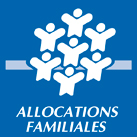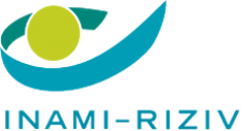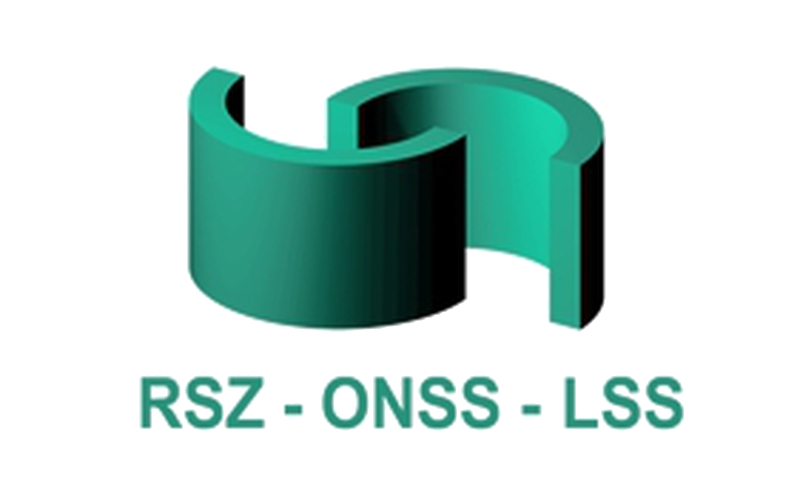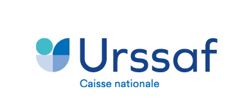News
Fighting anti-microbial resistance |
23-06-2020 |
EV
A dual approach to protect public health
Antimicrobial resistance (AMR), defined as “the ability of a microorganism to stop an antimicrobial from working against it”[i], is a growing global public health threat, with 30 000 patients in the EU dying annually as a result of infections caused by resistant bacteria, while antibiotic consumption in the EU almost doubled between 2010 and 2014[ii]. The European Commission is launching discussions on ways to tackle AMR and to address the lack of new antimicrobials, in the context of its upcoming Pharmaceutical Strategy for Europe.
As a contribution to this discussion, the European Social Insurance Platform (ESIP) representing the statutory social insurances in 17 Member States, the United Kingdom and Switzerland, would like to raise awareness amongst decision-makers of the importance of tackling the spread of AMR by improving infection prevention and control as well as increasing the development and availability of new effective antimicrobials inside and outside the EU.
The crucial role of prevention in fighting AMR
Focusing on new antimicrobials alone is not sufficient. First and foremost, ESIP calls for support to prevention at EU level. This can be done through increased support for the development of national action plans to fight AMR or strengthening awareness-raising campaigns. The latter being of crucial importance as, in 2018, 57% of EU citizens remained unaware of AMR and resulting health threats. This includes fostering prudent prescription by doctors, exact dispensing in the pharmacy, and rational use by patients, as well as surveillance measures.
Other preventive actions include supporting the development of rapid diagnostic tools, increasing data collection to understand AMR better, promoting the effective use of vaccines as well as best practice exchanges and ensuring the availability of old but still effective antibiotics.
Developing a new legislative framework for antimicrobials
ESIP also recognises the need for the development of new antimicrobials, especially against multi-resistant organisms. However, the current business model of payment per package sold does not provide the right incentive for effective antimicrobials with a substantial added therapeutic value. Indeed, their use is intended to be limited as a last resort solution.
ESIP also views with great concern the possible use by the European Commission of the Regulation (EC) No 141/200 on orphan medicinal products as a blueprint for new legislation on antibiotics and vaccines. As already mentioned in our position paper, this Regulation has failed to address the situation of very rare diseases, with a number of market failures, and has led to new products entering the market at extremely high prices that are unaffordable for patients and unsustainable for healthcare systems.
Instead, ESIP calls for new EU legislation specifically for antimicrobials. In this framework, new and alternative incentives could be evaluated and promoted. These could include milestone prizes, market entry rewards for developers addressing a pre-defined unmet medical need and the introduction of an antibiotic investment charge (‘pay or play funding scheme’). Incentives could also introduce links to production in Europe to strengthen Europe’s independence. Some existing incentives could also be included such as early dialogue with the regulator. Market exclusivity, however, should not be excluded since it is based on volumes of sales and would hinder useful competition. Further steps and measures concerning innovative incentives and payment models should be based on sound analyses of their potential impact.
Public return on public investment in research should also be ensured in all incentives through complete transparency on R&I costs. New incentives and business models could be evaluated jointly by Member States, and the EU could play a key role in supporting innovative models and helping foster cooperation.
ESIP welcomes the opportunity to exchange further with EU decision-makers on ways to tackle this important threat. More information is available in our position paper.
[i] https://ec.europa.eu/health/amr/antimicrobial-resistance_en
[ii] https://ec.europa.eu/health/amr/sites/health/files/antimicrobial_resistance/docs/amr_2017_summary-action-plan.pdf; http://www.euro.who.int/__data/assets/pdf_file/0005/348224/Fact-sheet-SDG-AMR-FINAL-07-09-2017.pdf?ua=1












































